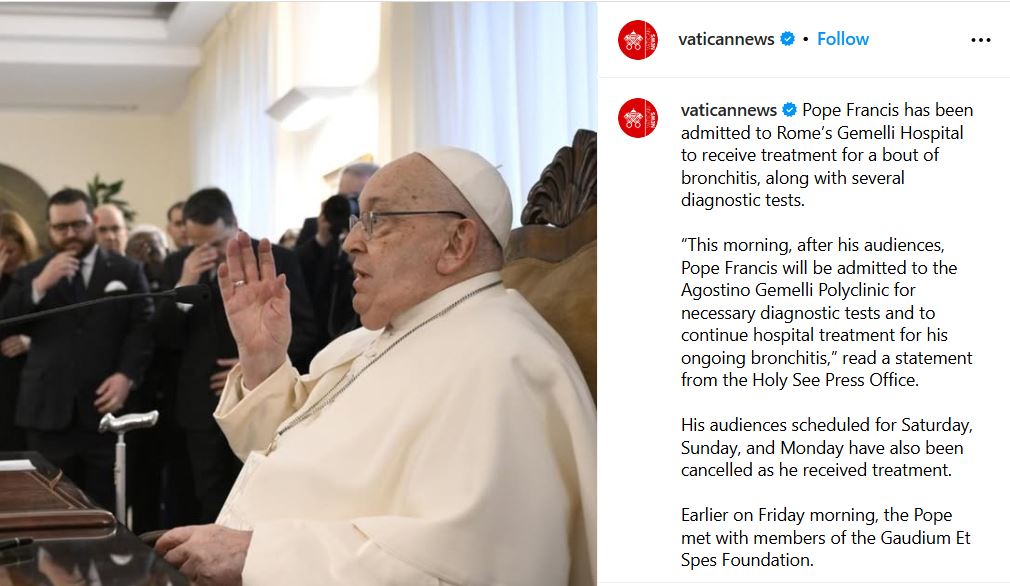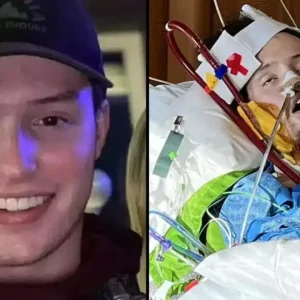Pope Francis’ health has been closely monitored since his hospitalization on February 14 due to bronchitis. His condition worsened, and by February 18, doctors diagnosed him with bilateral pneumonia. The Vatican confirmed he was receiving “complex treatment, including corticosteroids and antibiotics.”
Despite his illness, the Pope remained in “good spirits,” spending time resting, praying, and reading. However, on February 22, he suffered an “asthma-like respiratory crisis,” requiring high-flow oxygen. Tests showed thrombocytopenia and anemia, leading to transfusions. While alert, he appeared “more fatigued than the previous day.”

By February 23, after nine nights in the hospital, doctors stated he was “not in immediate danger but not fully out of danger either.” Though not on a ventilator, he struggled with breathing.
Experts warned of the risk of infection leading to sepsis. Dr. Sergio Alfieri remained hopeful but noted that the Pope’s chronic respiratory issues would persist even after discharge.





